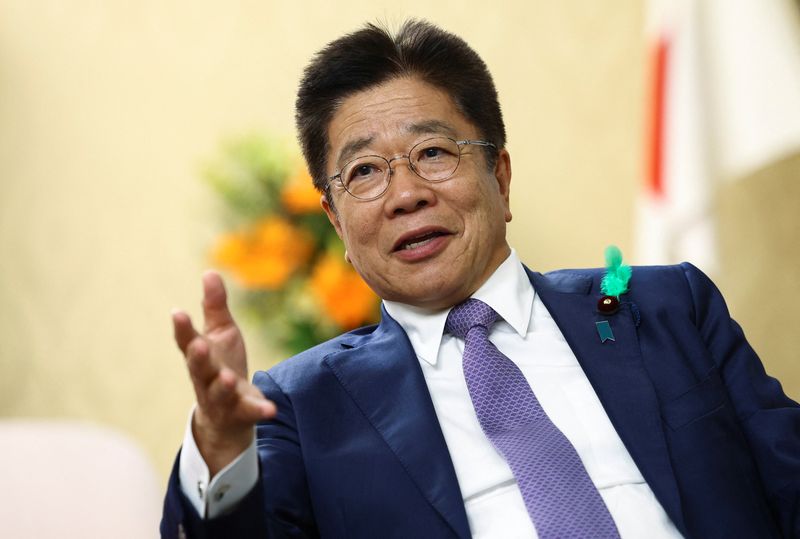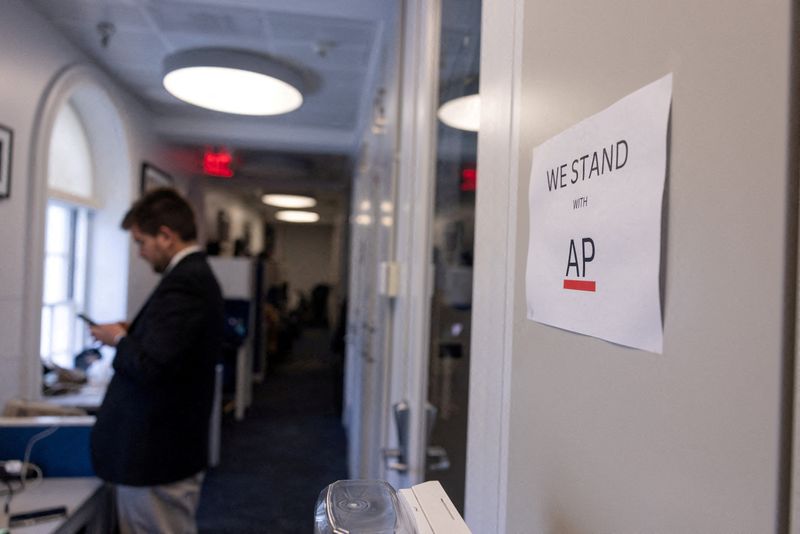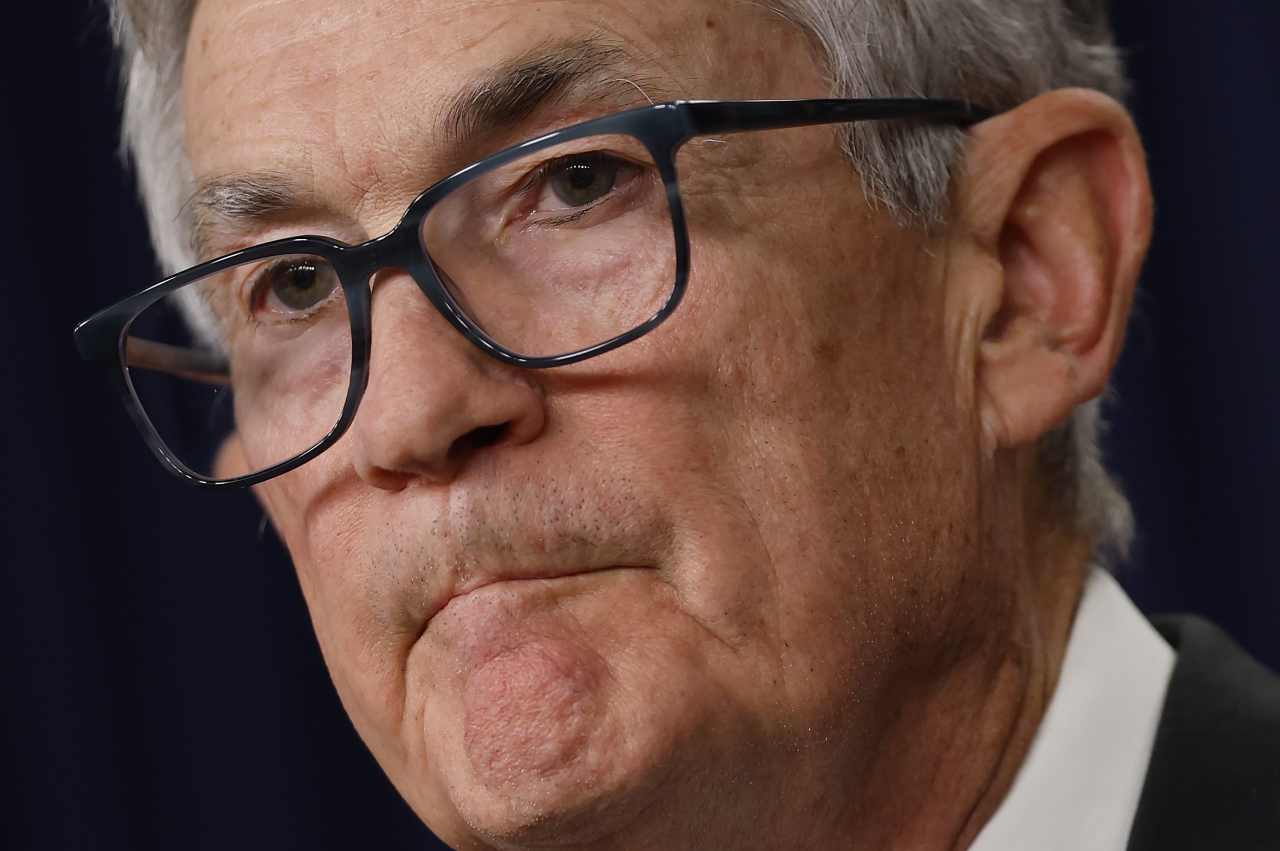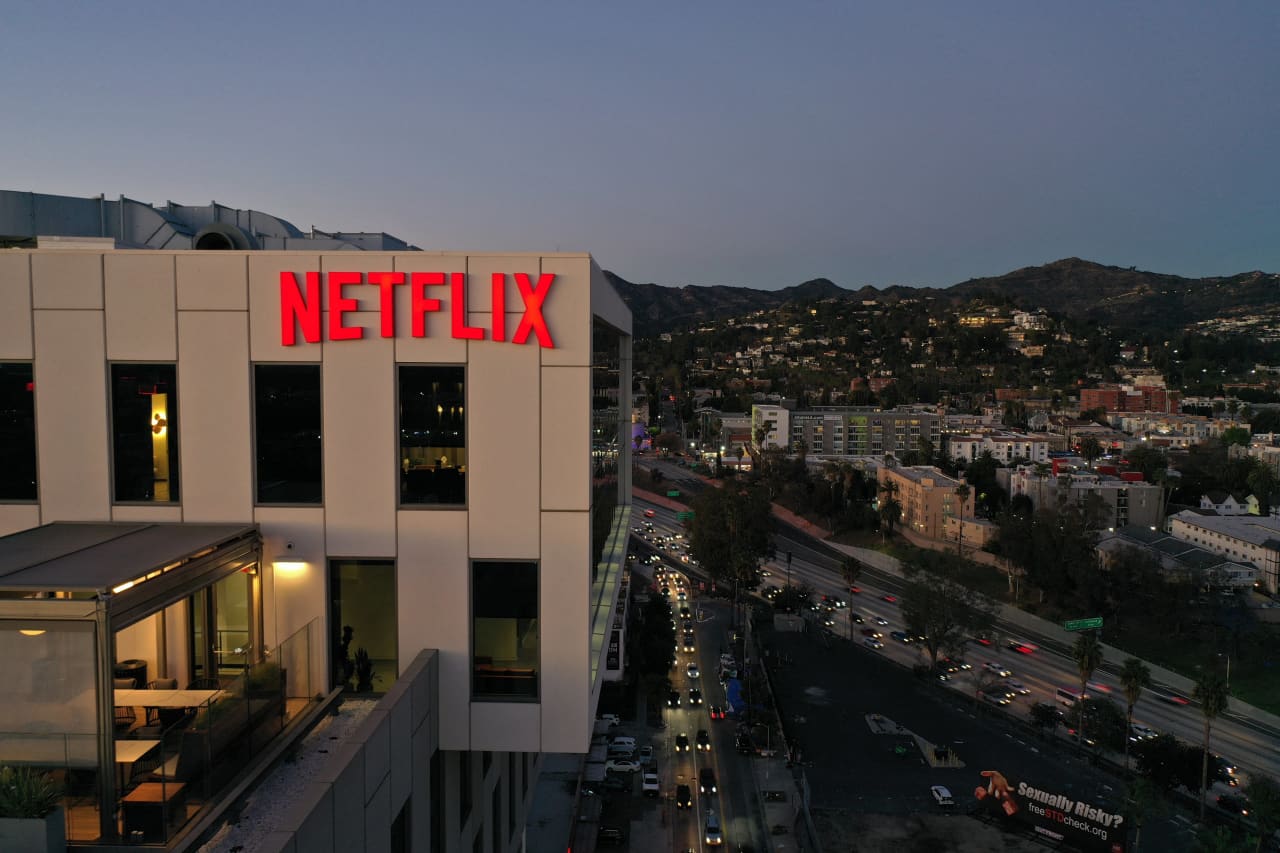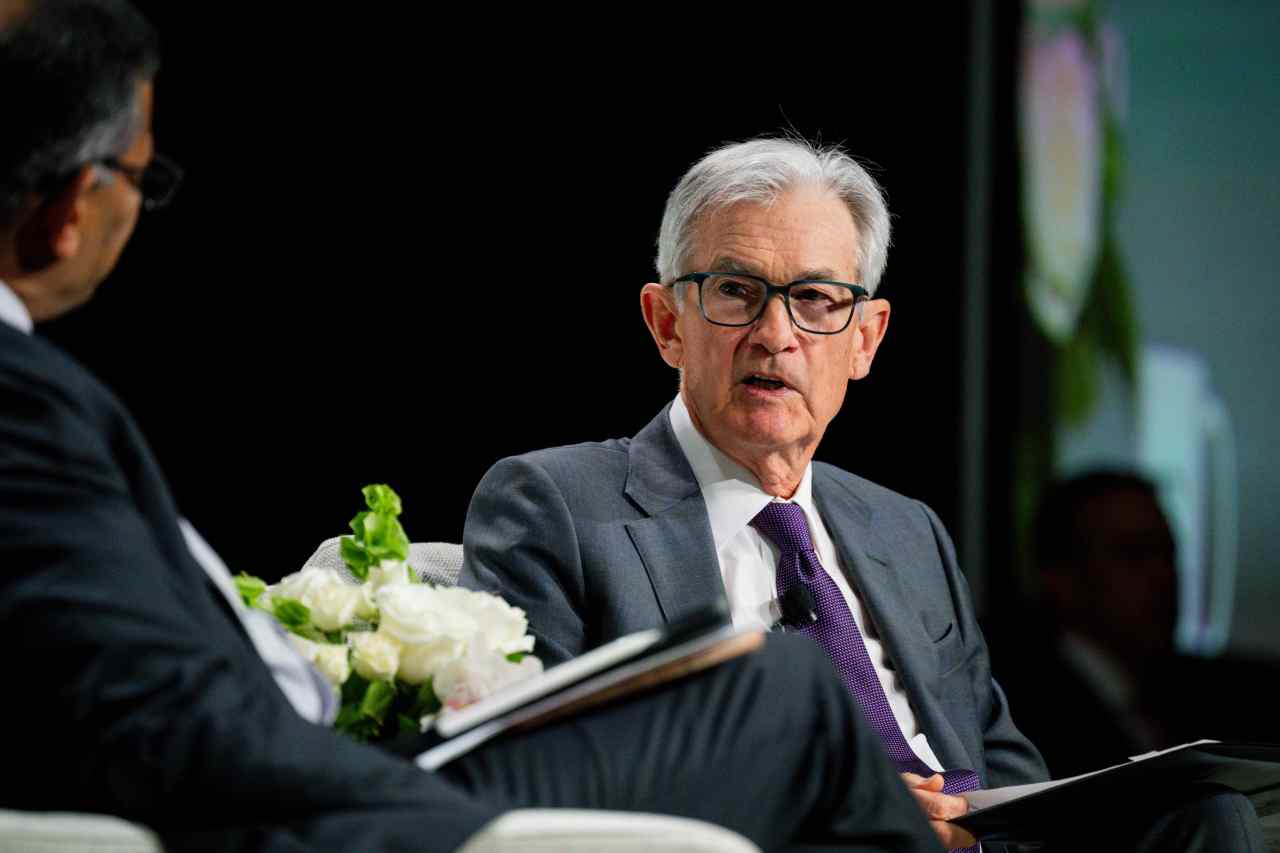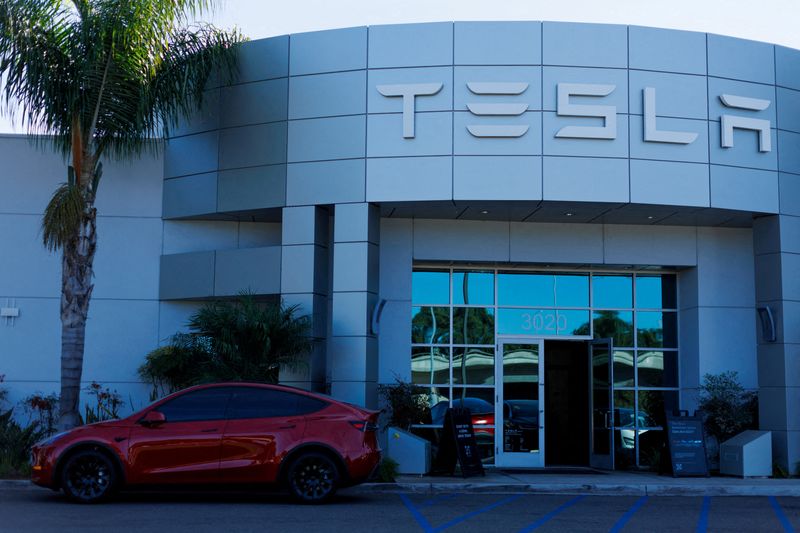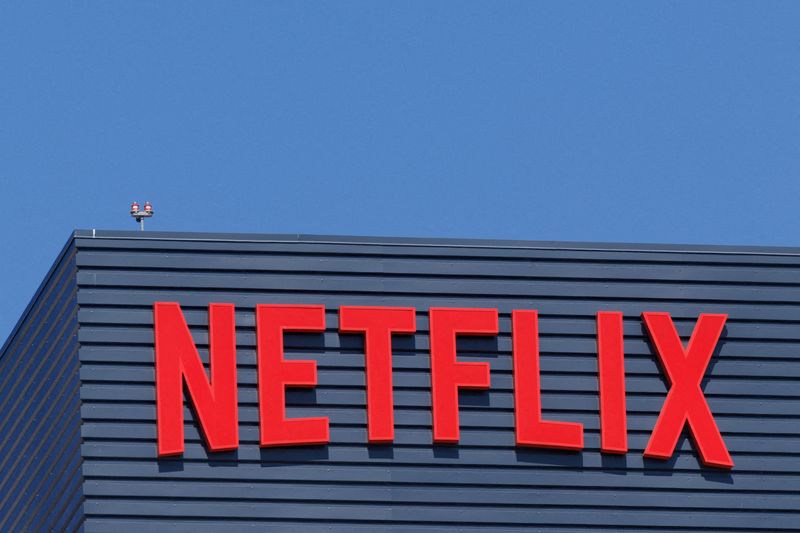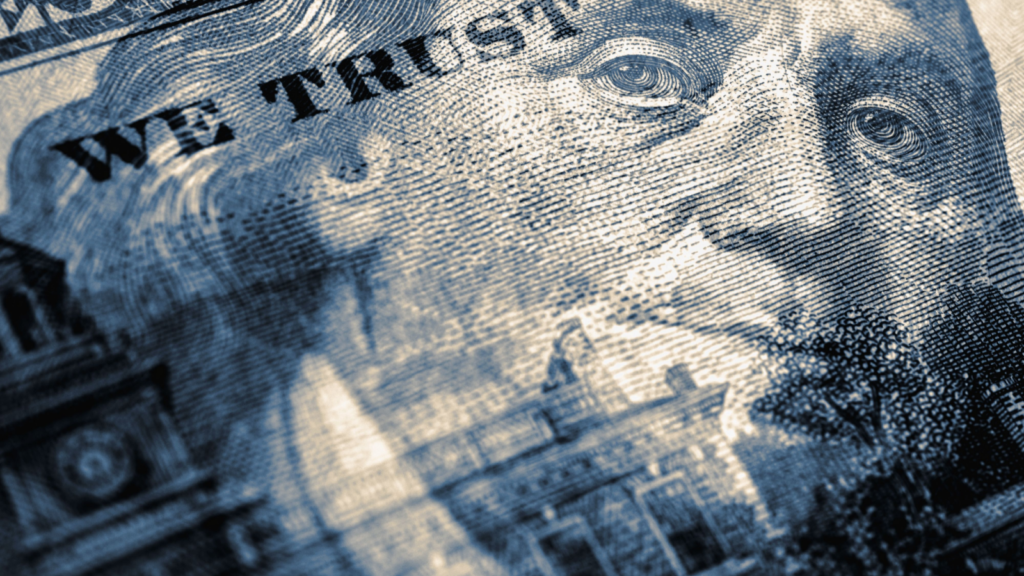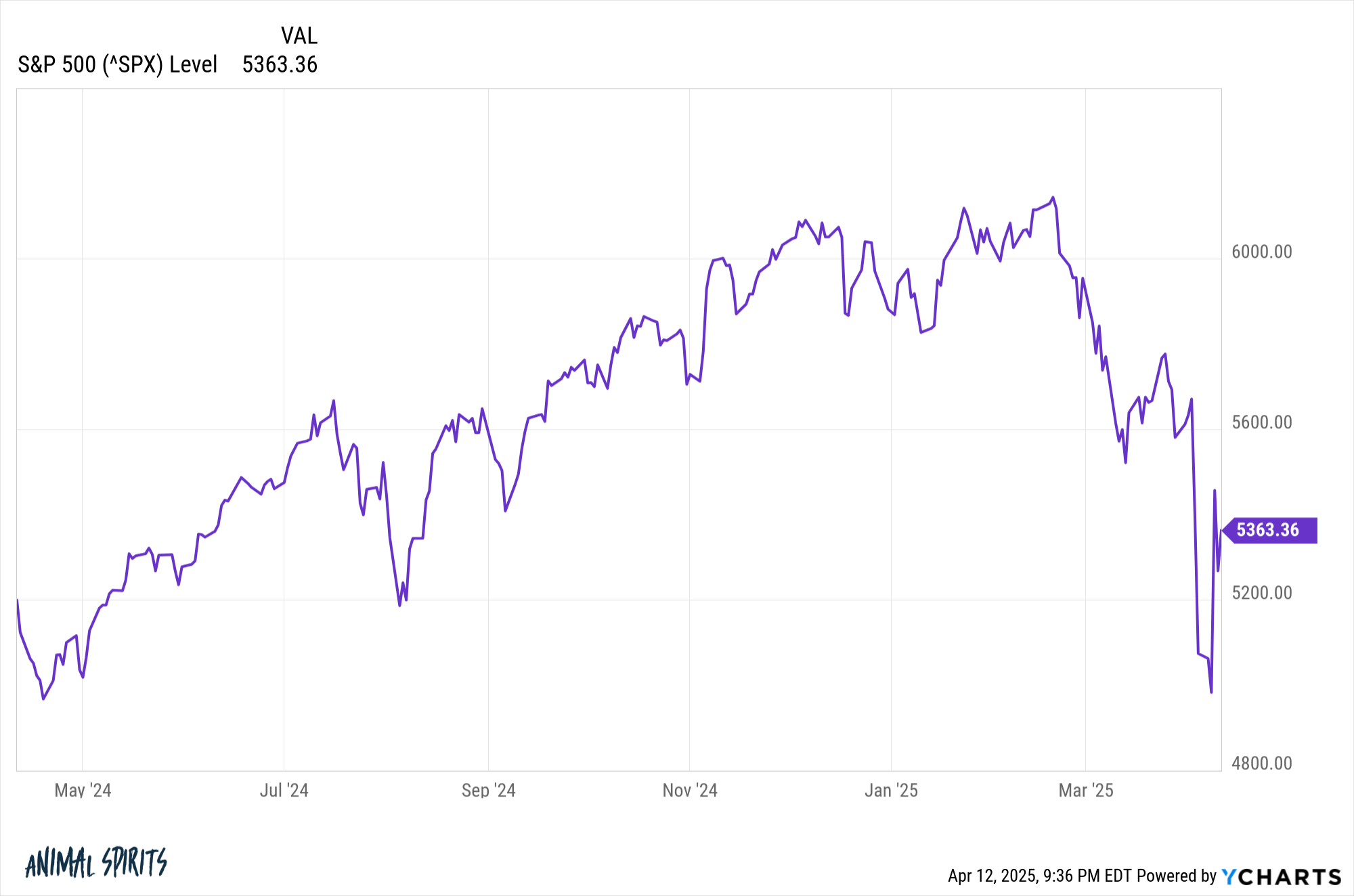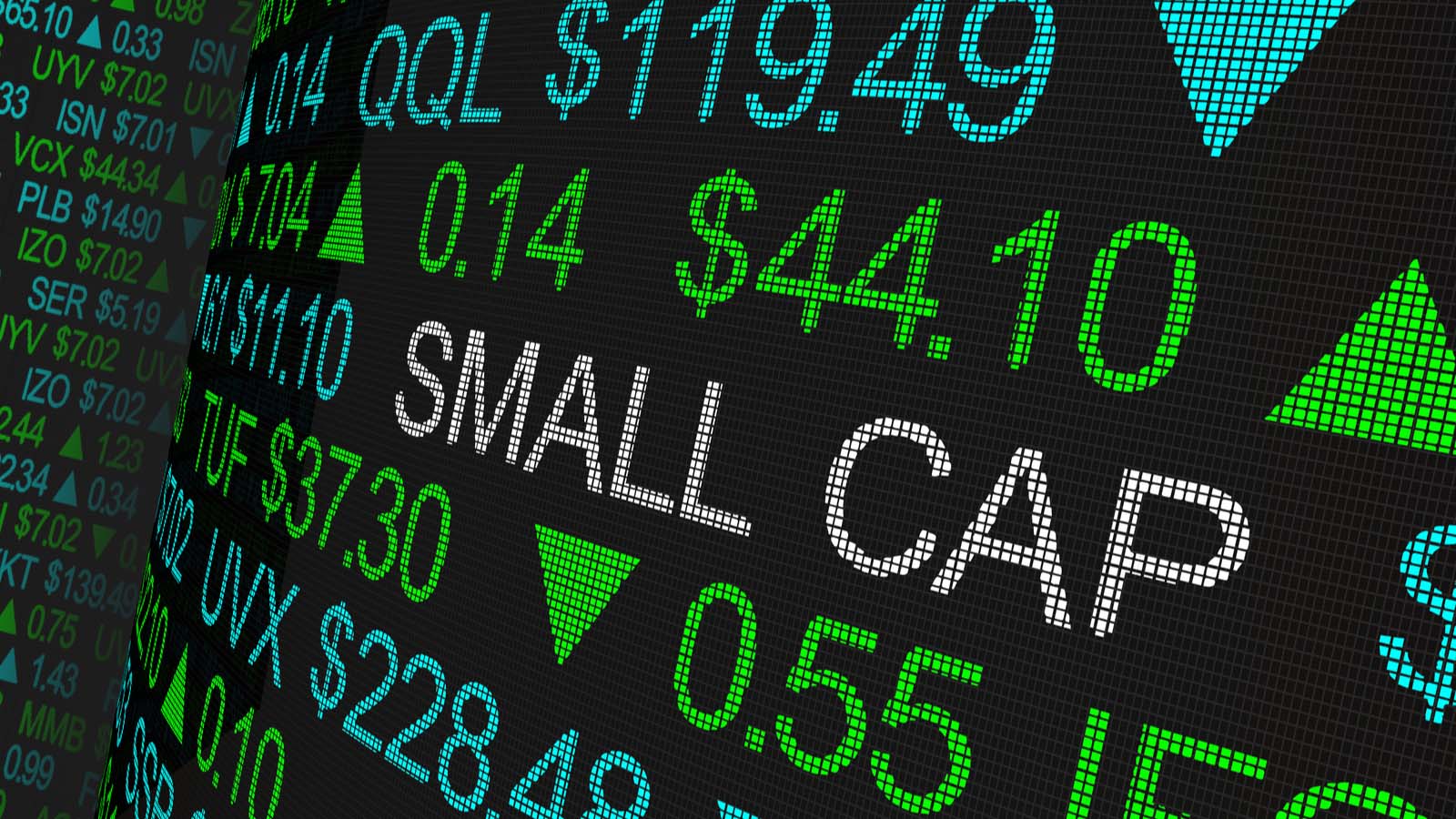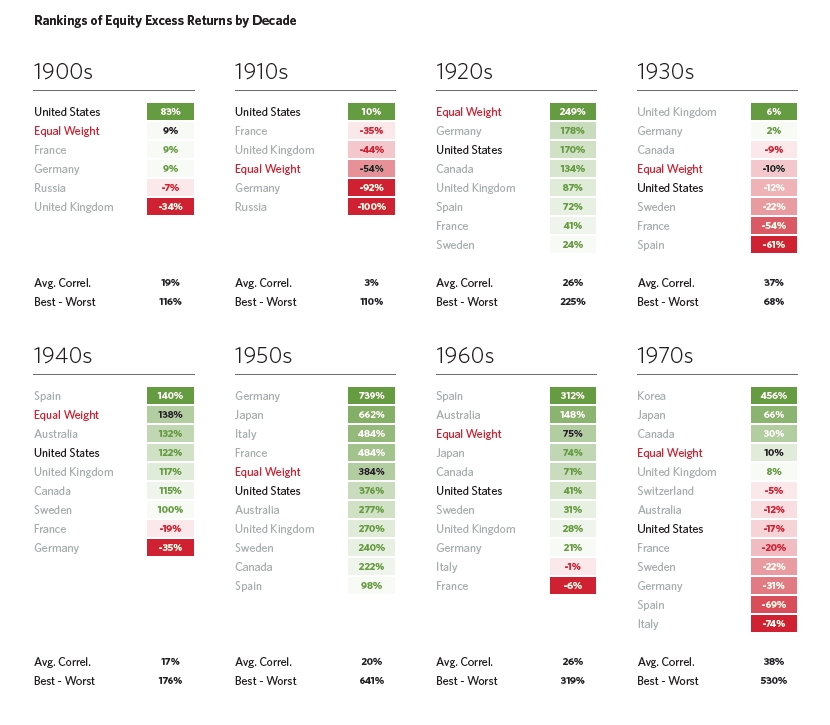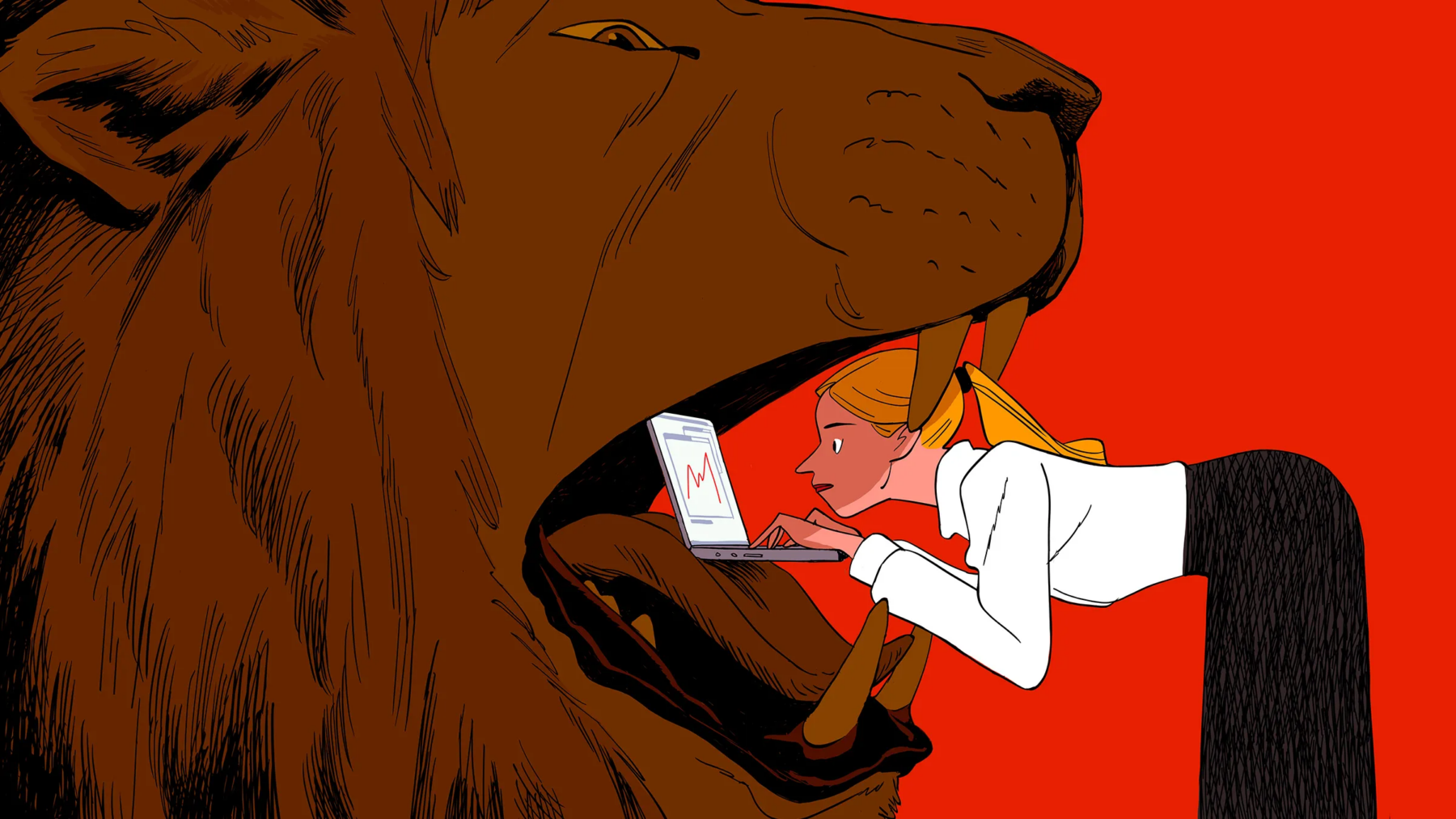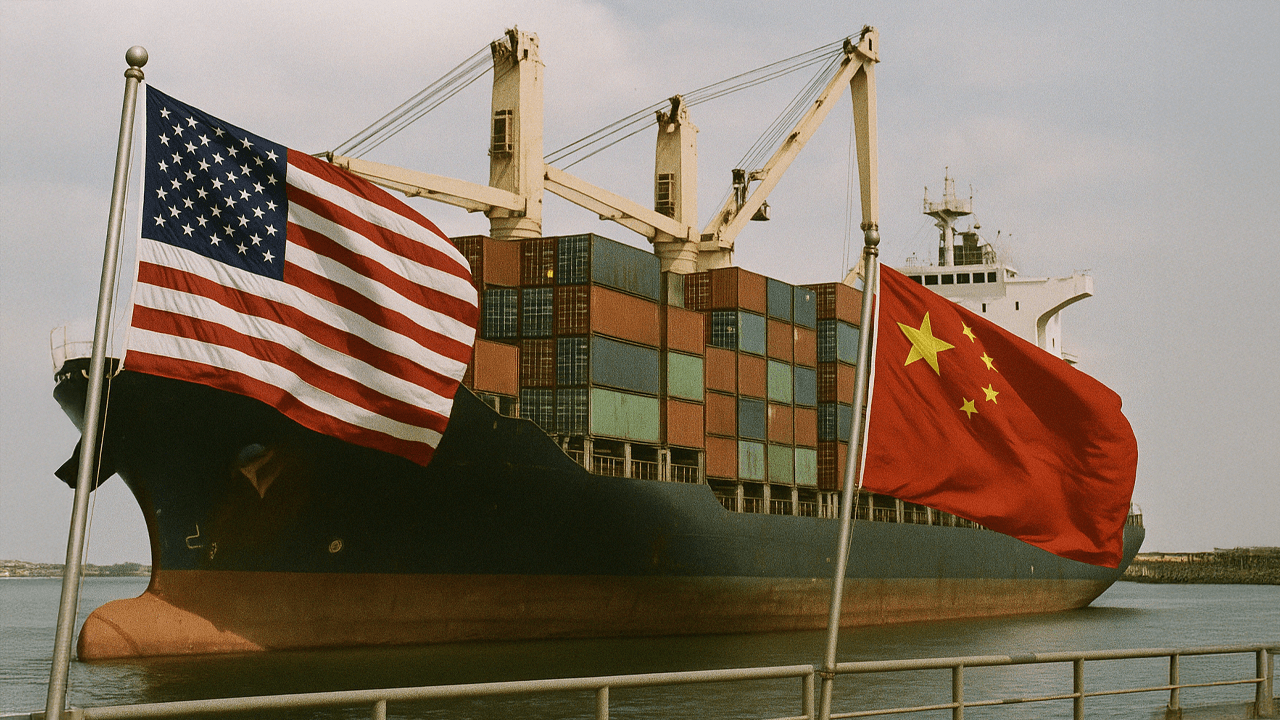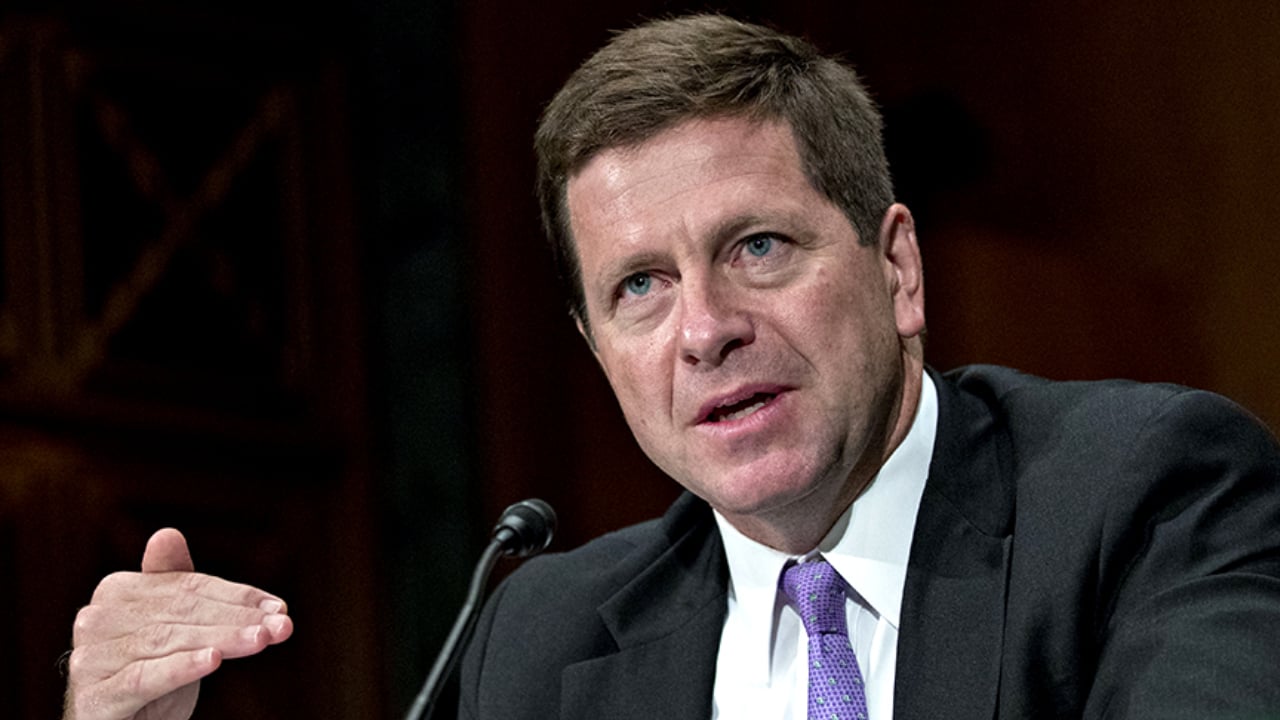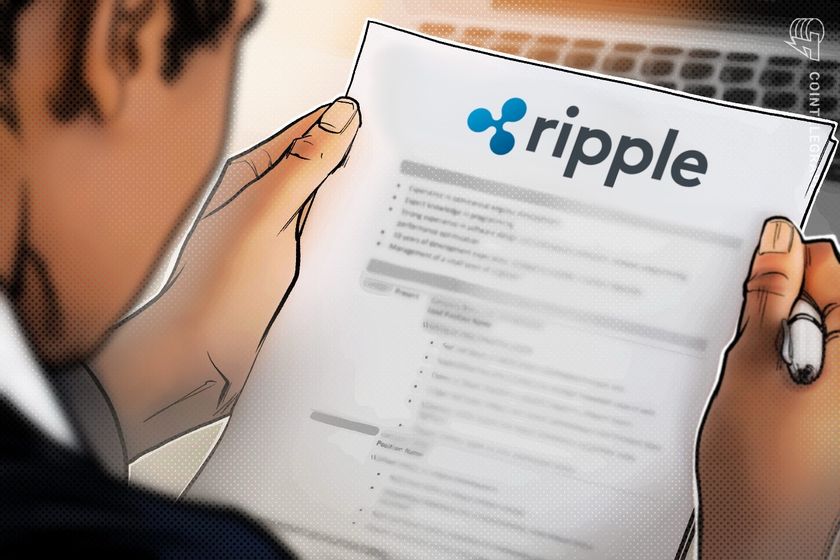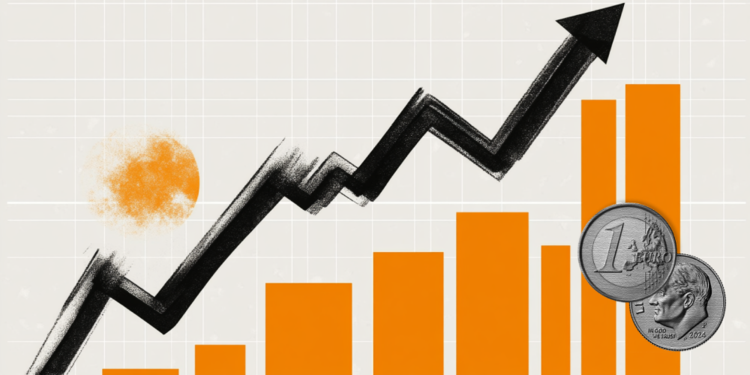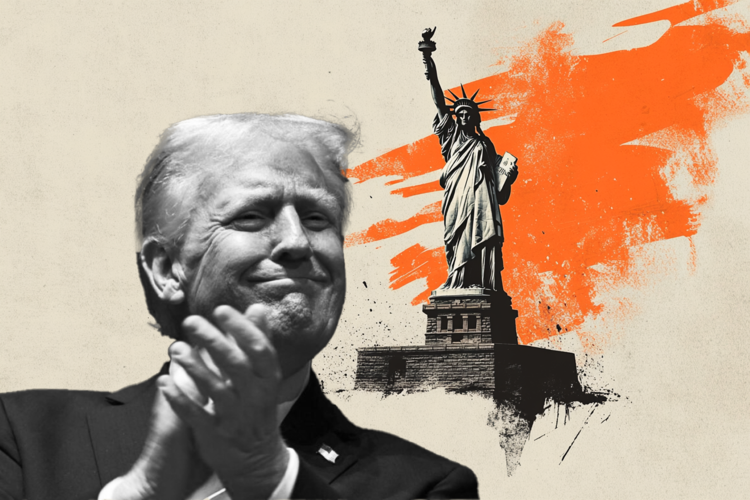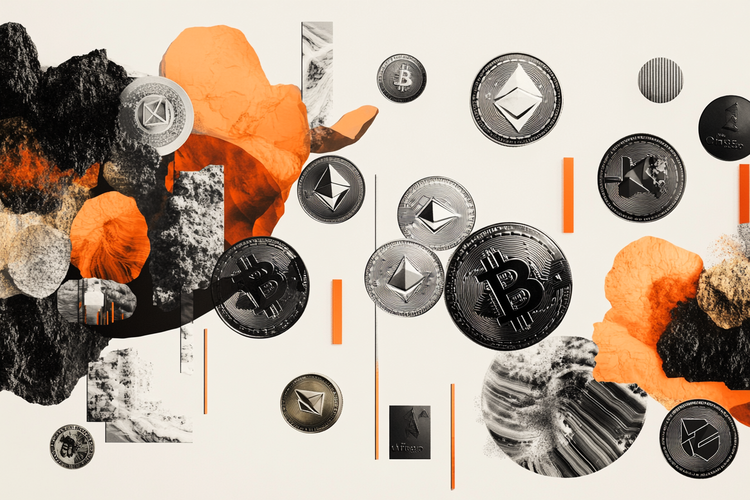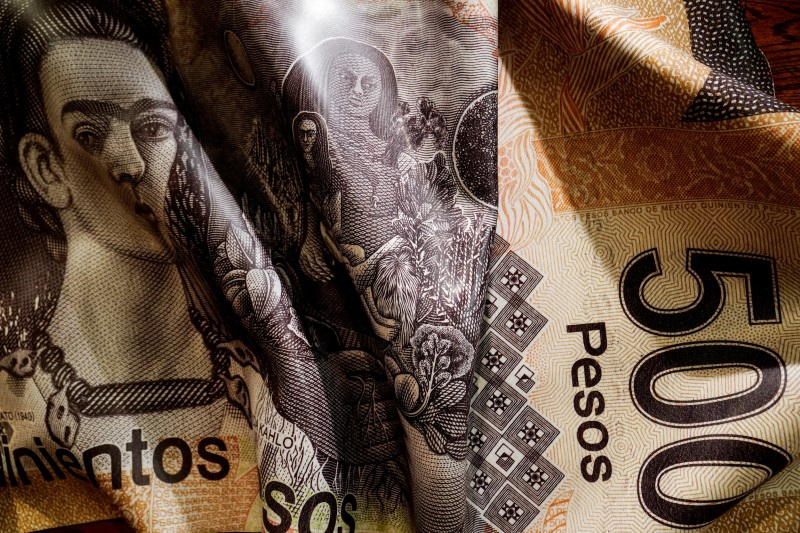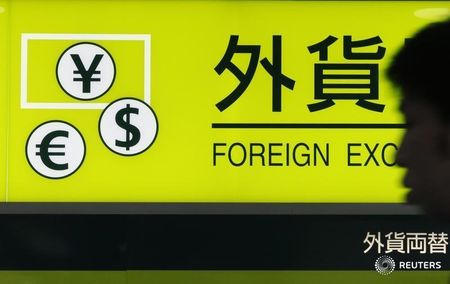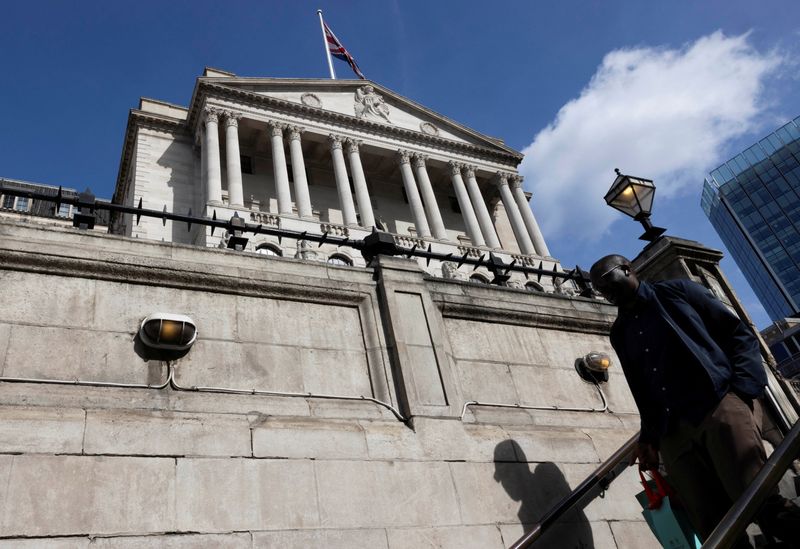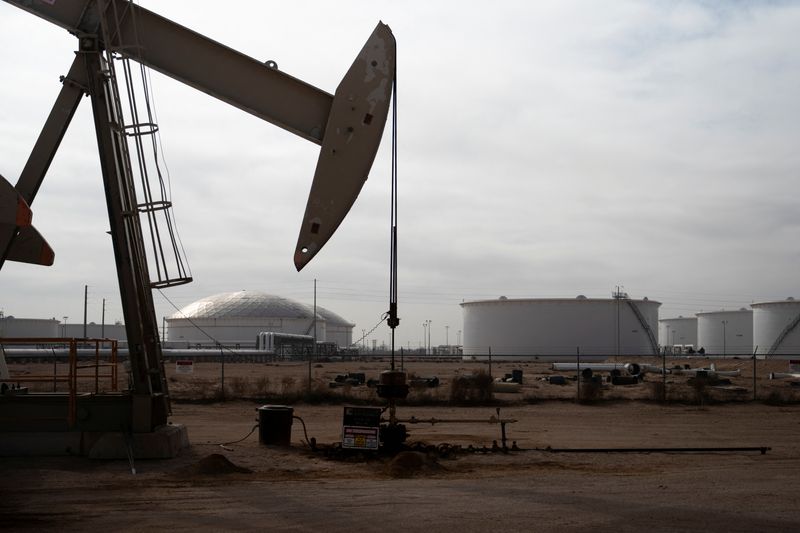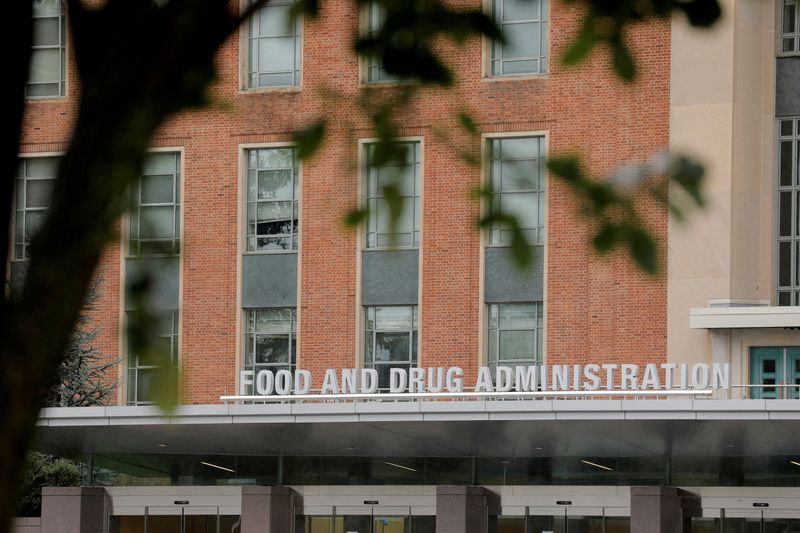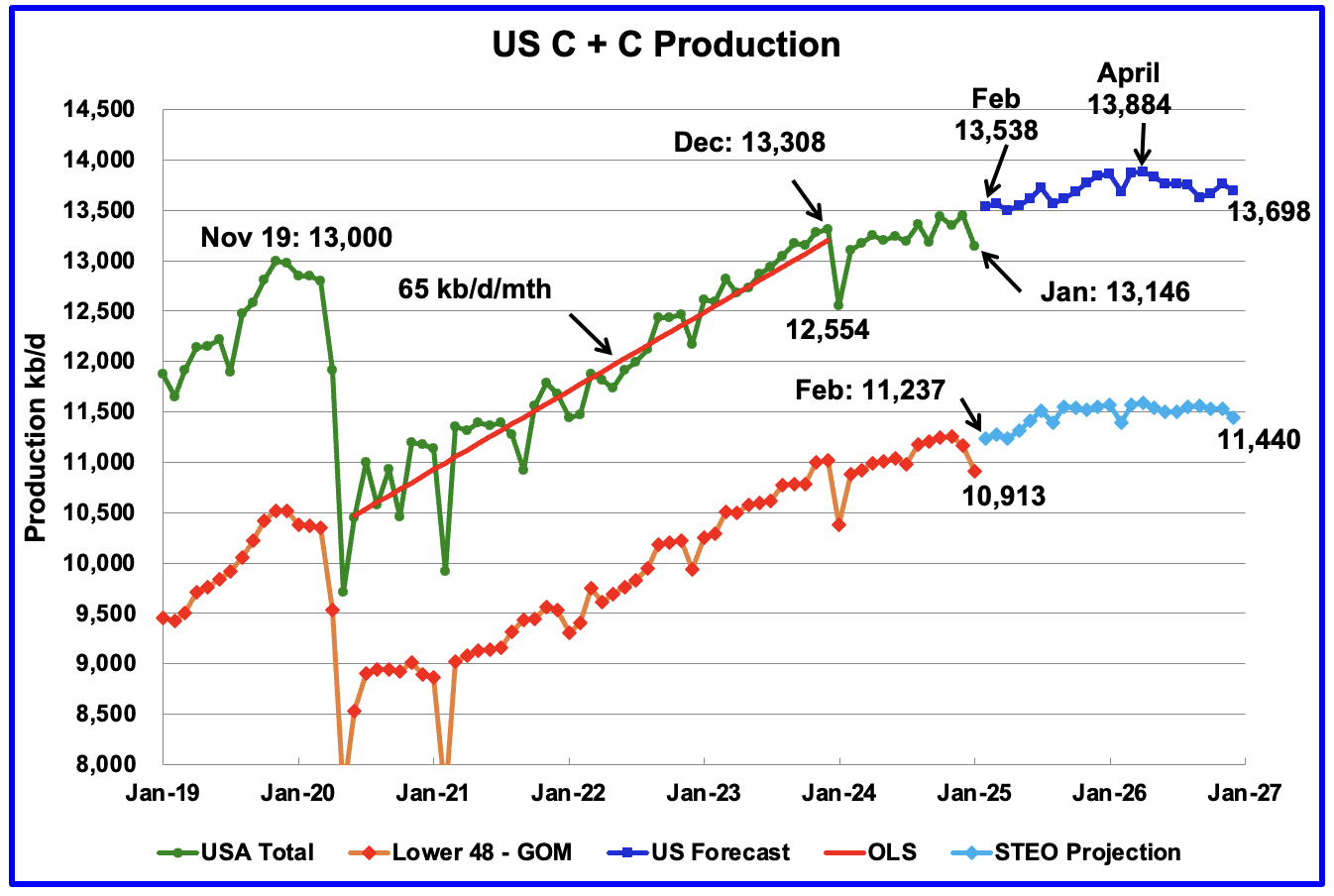The 4 Biggest Risks to Costco’s (COST) Dividend Yield
Costco (NASDAQ:COST) remains a retail titan, celebrated for its membership-driven model and consistent growth. With a stock price hovering around $909 and a market cap of $403 billion, it’s a darling of long-term investors. Yet, its dividend yield, a modest 0.5% based on an annual payout of $4.64 per share, is notably low compared to […] The post The 4 Biggest Risks to Costco’s (COST) Dividend Yield appeared first on 24/7 Wall St..
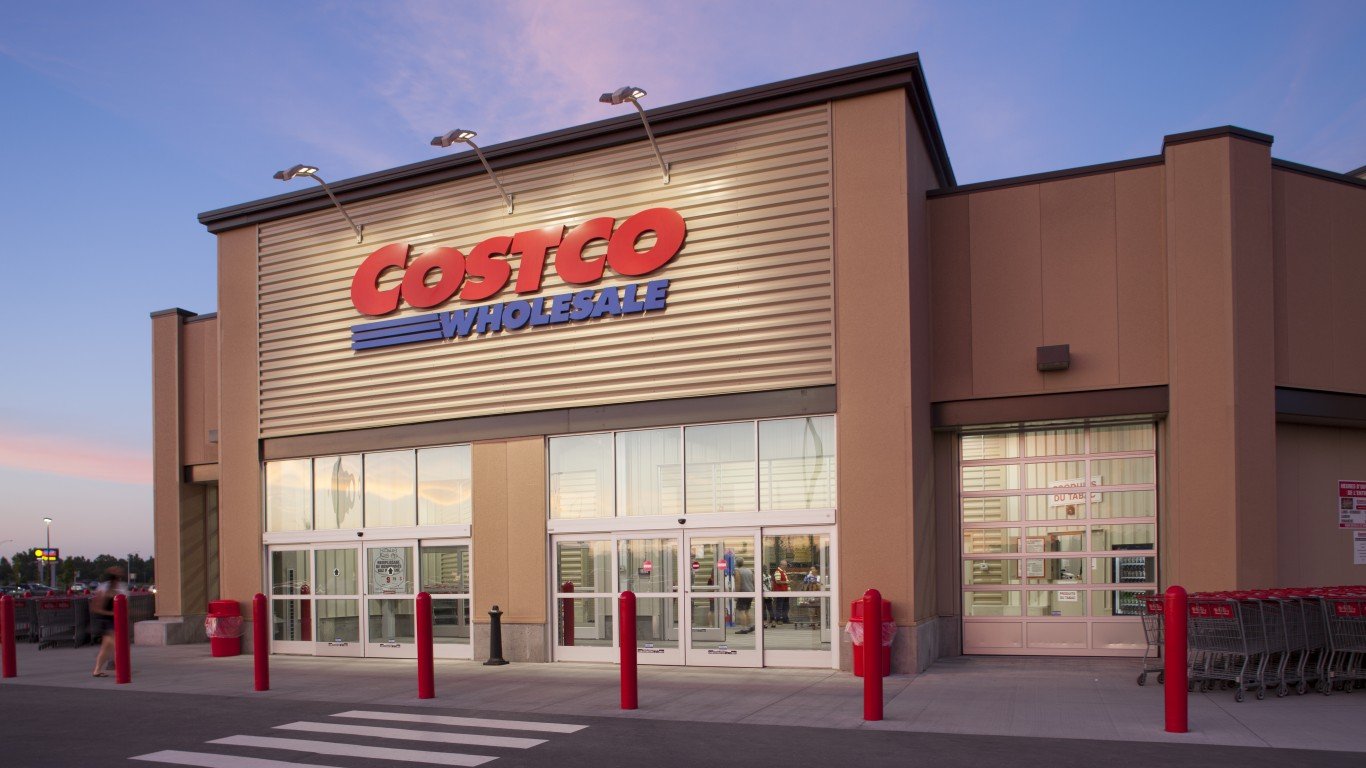
Costco (NASDAQ:COST) remains a retail titan, celebrated for its membership-driven model and consistent growth. With a stock price hovering around $909 and a market cap of $403 billion, it’s a darling of long-term investors.
Yet, its dividend yield, a modest 0.5% based on an annual payout of $4.64 per share, is notably low compared to the S&P 500’s 1.25% average. While Costco’s payout has risen for 20 consecutive years and is occasionally boosted by special dividends — like the $15 per share payout in January 2024 — this yield faces several risks that could undermine its stability or growth. Here are the four biggest threats to Costco’s 0.5% yield.
1. Economic downturn and weak consumer spending
Costco thrives on its value proposition, drawing 137 million cardholders with a 90% renewal rate. However, if a recession hits and the economy slows, it could squeeze discretionary spending, a risk management already hinted at when it noted softness in electronics and apparel.
In a recession, even loyal members might cut back on big-ticket items, reducing sales volume. This matters because Costco operates on razor-thin merchandise margins of just 1.8% and heavily relies on membership fees for profit. A drop in renewals or new memberships could force Costco to lean more on retained earnings, potentially pressuring its ability to sustain or grow the dividend.
Although its payout ratio is a conservative 20%, prolonged revenue stagnation could challenge this cushion, risking COST’s reliable yield.
2. Tariff and trade war pressures
With 150 of its 897 warehouses in Canada and Mexico, plus a global supply chain, Costco is exposed to trade policy shifts. The tariff war underway following President Trump imposing sweeping trade duties on the U.S.’s trading partners, could raise the cost of goods sold.
CEO Ron Vachris acknowledged this on its fiscal second quarter earnings call, noting about one-third of Costco’s U.S. sales are imported, but less than half of those come from China, Mexico, and Canada.
Higher costs might erode margins unless passed to consumers, but raising prices risks alienating Costco’s value-focused base. If profits shrink, Costco might prioritize cash reserves over dividend hikes, stunting yield growth. Its international diversification helps, but it’s not immune to a full-blown trade war.
3. Valuation and a market correction
COST stock trades at a lofty 53 times trailing earnings, far above its 10-year median P/E of 35 and peers like Walmart (NYSE:WMT) at 35 times earnings and Target (NYSE:TGT) at just 10.
While this premium reflects its stellar 613% total return over the past decade, outpacing EPS growth of less than half that rate, a market meltdown could trigger a sharp correction such as occurred in 2022 when COST fell 30% peak-to-trough.
Since the yield is calculated as dividend per share divided by stock price, a significant drop wouldn’t directly cut the payout, but could amplify the yield’s perceived inadequacy. Investors might then demand a higher yield, pressuring Costco to boost dividends beyond its conservative strategy, something it’s historically resisted. A crash could expose the yield’s fragility as a standalone return metric.
4. Competitive cost pressures
Costco faces stiff competition from Walmart’s Sam’s Club and e-commerce giants like Amazon (NASDAQ:AMZN), which can undercut prices or siphon convenience-driven shoppers. Rising operational costs including labor, fuel, and logistics also loom large.
Fiscal 2024 saw the slowest revenue growth in seven years, and while e-commerce jumped 22% in Q2, physical warehouses still dominate its model. If competitors force Costco to invest heavily in digital or battles over wage, free cash flow, which dropped to $11.25 per share in the second quarter, could tighten further.
The dividend’s safety isn’t in immediate jeopardy, but sustained cost hikes might limit payout increases, keeping the yield stagnant at 0.5% when inflation or investor expectations demand more.
Conclusion
Costco’s 0.5% yield is a small, but reliable piece of its investment allure, backed by a robust balance sheet and $13 billion in cash, equivalents, and short-term investments.
Yet, economic downturns, trade disruptions, valuation risks, and competitive pressures could strain its ability to maintain or grow this payout. While not at risk of being cut, the yield’s modest size could become a bigger liability if these threats converge, especially for income-focused investors. Costco’s resilience is real, but its dividend isn’t untouchable.
The post The 4 Biggest Risks to Costco’s (COST) Dividend Yield appeared first on 24/7 Wall St..




